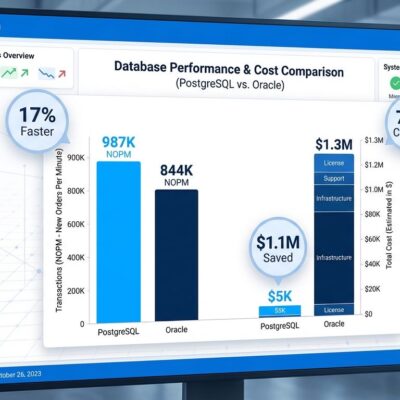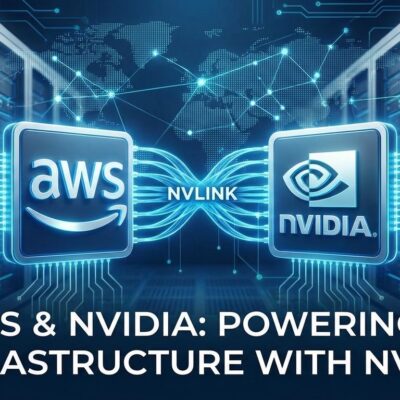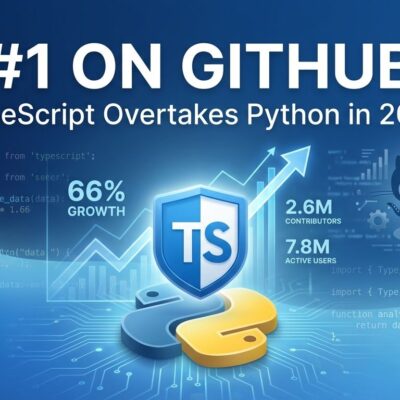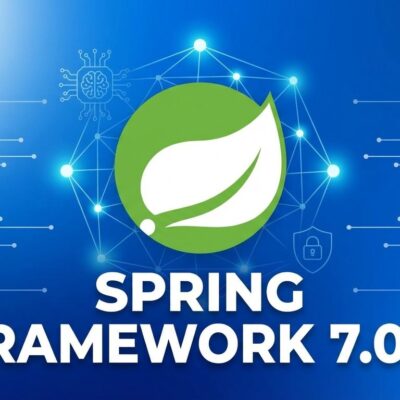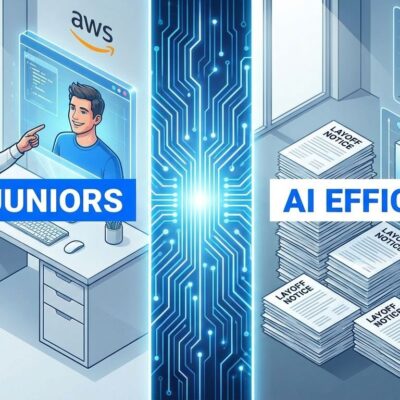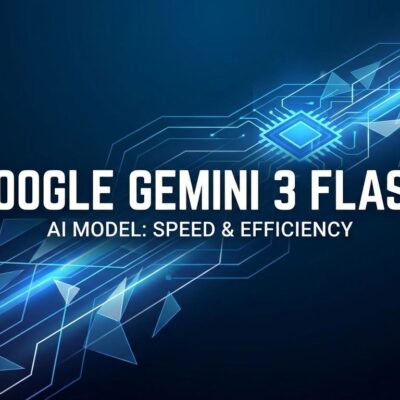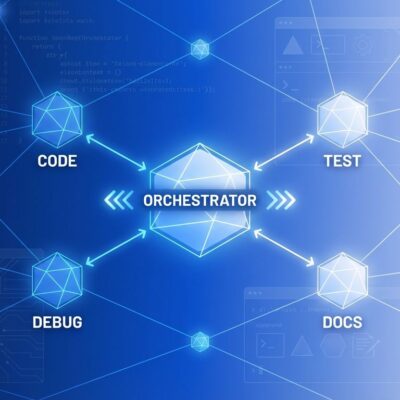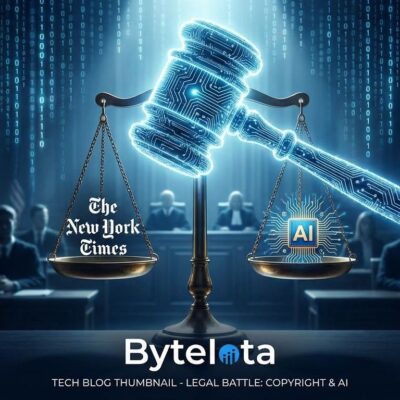
OpenAI DevDay 2025 dropped two production-ready features that change how developers build AI applications: a Real-time API with 320ms voice latency and Vision fine-tuning for custom image models. These aren’t incremental improvements—they’re new capabilities that make voice agents practical and specialized computer vision accessible to teams without ML PhDs.
Real-time API: Voice Agents That Actually Work
The Real-time API handles speech-to-speech conversations with 320ms average latency over WebSocket connections. That’s fast enough for natural-feeling voice interactions—customer service bots that don’t feel robotic, gaming NPCs that respond in character, live translation that keeps pace with conversation.
Key Features of Real-time API
- 320ms average latency for natural voice conversations
- WebSocket streaming with event-driven architecture
- Function calling support mid-conversation for agent workflows
- 99.2% uptime reported by early production deployments
- 60% cost savings vs separate transcription + TTS + LLM pipelines
Here’s what production looks like: WebSocket streaming using the GPT-4o model, with automatic voice activity detection and support for function calling mid-conversation. The protocol is event-driven—your app sends audio chunks, OpenAI streams back responses in real-time, and you can interrupt mid-response for natural conversation flow. Early adopters report 99.2% uptime and 3-5 minute average sessions, with actual latency ranging from 280-350ms depending on region.
The technical setup is cleaner than previous approaches. Connect to wss://api.openai.com/v1/realtime with your API key, configure audio format (PCM16 at 24kHz), and handle events as they stream in. The API supports text and audio inputs simultaneously, making it practical for accessibility features or hybrid interfaces. Function calling works mid-stream, so your voice agent can query databases, call APIs, or update systems without breaking conversation flow.
The pricing at $0.24 per minute for output audio works out to 60% cheaper than stitching together separate transcription, LLM, and text-to-speech services. For a typical customer service session, you’re looking at $1.20 for 5 minutes of conversation—manageable for high-value interactions.
Yes, Anthropic’s Claude Voice hits 180ms latency. Yes, Google Gemini costs less at $0.15/minute. But OpenAI shipped a GA release with WebSocket streaming and function calling while competitors are still in beta. When you’re building production apps, reliability trumps cutting-edge specs. Beta APIs break. GA APIs ship.
Vision Fine-tuning: Custom Computer Vision Without the PhD
Vision fine-tuning lets you train GPT-4 Vision on your specific use case—medical imaging, industrial quality control, custom document processing. The process is straightforward: prepare 100+ image-text pairs (500+ recommended for solid results), upload your training data via the API, and wait 1-3 hours for a 1000-image dataset to train. The cost at $0.025 per 1K training tokens is competitive with Google’s Vertex AI, and you’re building on top of a model that already understands general vision concepts.
The applications are practical and production-ready. Medical clinics can train models for X-ray screening without hiring ML researchers. Manufacturing lines can deploy circuit board defect detection tuned to their specific products. Legal firms can build custom OCR for handwritten forms that generic models struggle with. This isn’t experimental tech—it’s transfer learning on a proven vision model that preserves general capabilities while specializing for your domain.
What matters here is the democratization. You don’t need a research team or massive compute budgets. You need domain expertise, labeled data, and $50-500 in training costs depending on dataset size. That’s the barrier dropping from “big tech only” to “any serious dev team.”
What This Means for Developers
The multimodal shift is real. Voice and vision are moving from experimental features to standard capabilities. Gartner predicts the real-time voice AI market hits $8B by 2027. Industry analysts expect multimodal agents to handle 40% of customer interactions by 2026. This isn’t hype—it’s infrastructure becoming commodity.
If you’re building now, the learning curve is manageable but specific. For real-time API, you need to understand WebSocket patterns for streaming, handle event-driven architectures, and think about voice UX differently than text chat. For vision fine-tuning, you need data labeling workflows, evaluation metrics, and strategies for continuous improvement as your model sees edge cases.
Watch the competitive landscape. Pricing will drop 30-50% by mid-2026 as Anthropic, Google, and open source alternatives heat up the market. Latency will improve—the 150ms barrier is the next milestone. And open source stacks combining Whisper for transcription, open LLMs, and TTS are getting good enough for cost-sensitive use cases.
OpenAI isn’t the cheapest or fastest option. But they’re betting on ecosystem integration and reliability over raw specs. The Real-time API works with the same authentication, billing, and tools as the rest of the OpenAI platform. Vision fine-tuning plugs into existing GPT-4 workflows. For production applications where uptime and support matter, that integration is the right bet.



